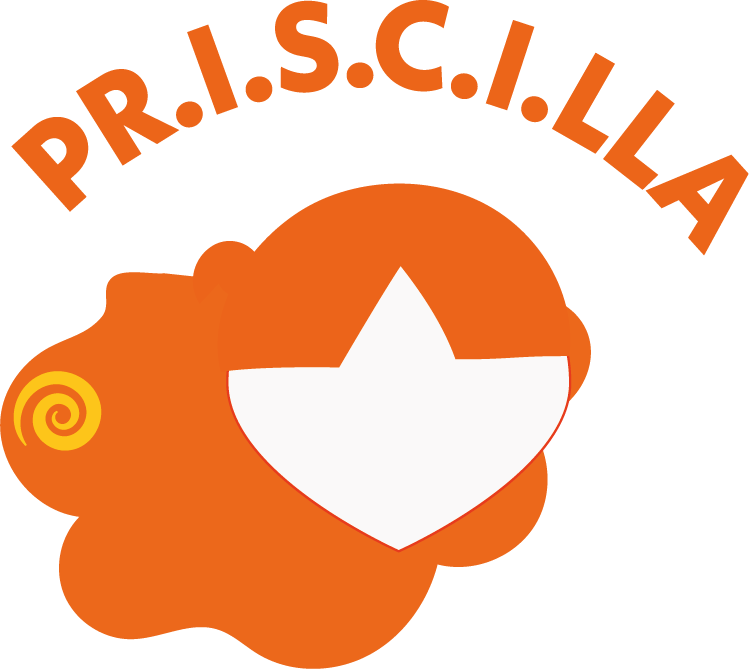As the internet becomes a central part of young people’s lives, it’s essential that families and caregivers feel confident supporting conversations about online relationships and emotions.
The online experience of youth with Intellectual disabilities
For young people with intellectual disabilities (ID), navigating the online realm safely is a particularly challenging but worthy endeavour. A Swedish study shows that youth with ID are more than twice as likely to be bullied on social media than their non-disabled peers (23% vs. 11%). The risks are more significant for:
-Youth with limited social judgment, struggling to identify risky behaviour or social cues (Buijs, 2016).
-Young women with ID, especially regarding online sexuality. While non-disabled girls often possess more sexual knowledge than boys, the reverse is true for youth with ID (Jahoda & Pownall, 2014). Compounding this vulnerability is the perception that girls are more contact-seeking, leading to riskier behaviours online (Löfgren-Mårtenson, Sorbring & Molin, 2015).
These disheartening statistics emphasise the need for proactive support and projects like PR.I.S.C.I.LLA that fosters the way to a safer and more inclusive digital experience.
The path to digital independence: finding the right approach
Today, using the internet and social media independently is a core life skill. This includes knowing how to create a profile, choose who to connect and share content with, and manage privacy settings. Acquiring these skills builds both self-confidence and emotional well-being for youth with ID as a source of a much-needed sense of empowerment.
Welcome trial and error. Supporting digital autonomy doesn’t mean leaving young people on their own, but walking beside them as they explore and learn. Families and educators should strive to create an environment promoting decision-making and resilience by promoting trial and error as part of the learning process.
Guidance, not surveillance. It’s important to be present, to listen, and to step in when needed without judgment or fear. When trust is nurtured, young people are more likely to ask questions, disclose concerns, and seek help when something doesn’t feel right.
Relationships and boundaries
Offering clear, supportive guidance to the different types of relationships youth may encounter online is a must.
Explaining friendships vs. romantic relationships. Clarifying this distinction helps set realistic expectations and recognise healthy versus problematic behaviours.
Affection and the different degrees of emotional closeness can also be confusing for youth with ID. In this regard, it’s helpful to explain that it’s okay to show kindness through messages, emojis, or compliments,but that some forms of affection, like expressing love or sending personal photos, should only be shared with trusted individuals, and with care.
Teaching boundaries is also essential. Talking about personal space online, like not sharing passwords or accepting friend requests from strangers, is useful. Moreover, emphasising consent and the right to say no is a good way to explain that it’s never okay for someone to pressure them to share or do something uncomfortable.
Leading meaningful conversations
Exploring their digital world. It’s helpful to ask which apps they use, who they talk to, and how they feel during those interactions, with simple language and visuals.
Support emotional literacy by helping them name feelings, like feeling excited when receiving a message, or hurt when ignored.
Use real-life examples to explain boundaries, and role-play scenarios to help them practice responses—what to do if someone says or asks something inappropriate.
Reassure them that they can always seek help.
Connecting with resources and support
Parents and caregivers don’t have to navigate this journey alone. Many helpful resources are available to build confidence and knowledge, including educational tools, videos, and other media that can spark reflection.
One such resource is the PR.I.S.C.I.L.LA project, which aims to support both young people with intellectual disabilities and those who care for them. The project offers an active learning programme to help young people use social media and the internet safely and responsibly, and a blended learning course for youth workers and caregivers, equipping them with the skills to support digital inclusion while minimising risks like cyberbullying and online harassment.
Joining online communities or local support groups for parents and carers can also offer encouragement, shared strategies, and emotional support. When needed, professionals like teachers, counsellors, or others can offer tailored guidance. These tools and networks strengthen the ability of supporters of young people with intellectual disabilities to guide them toward safer, more confident digital lives.
References:
Buijs, P. C. (2016). Psychiatric patients and the Internet: Risks and recommendations. Tijdschrift Voor Psychiatrie, 58(1), 39–46.
Jahoda, A., & Pownall, J. D. (2014). Sexual understanding, sources of information and social networks: The reports of young people with intellectual disabilities and their non-disabled peers. Journal of Intellectual Disability Research, 58(5), 430–441. https://doi.org/10.1111/jir.12040
Löfgren-Mårtenson, L., Sorbring, E., & Molin, M. (2015). “T@ngled up in Blue”: Views of parents and professionals on Internet use for sexual purposes among young people with intellectual disabilities. Sexuality and Disability, 33, 533–544. https://doi.org/10.1007/s11195-015-9415-7
Molin, M., Molin, B., & Sorbring, E. (2023). Adolescents with Intellectual Disabilities and Online Risk Exposure: A Comparison with Peers without Intellectual Disabilities. Scandinavian Journal of Disability Research, 25(1), 245–257. https://doi.org/10.16993/sjdr.549


